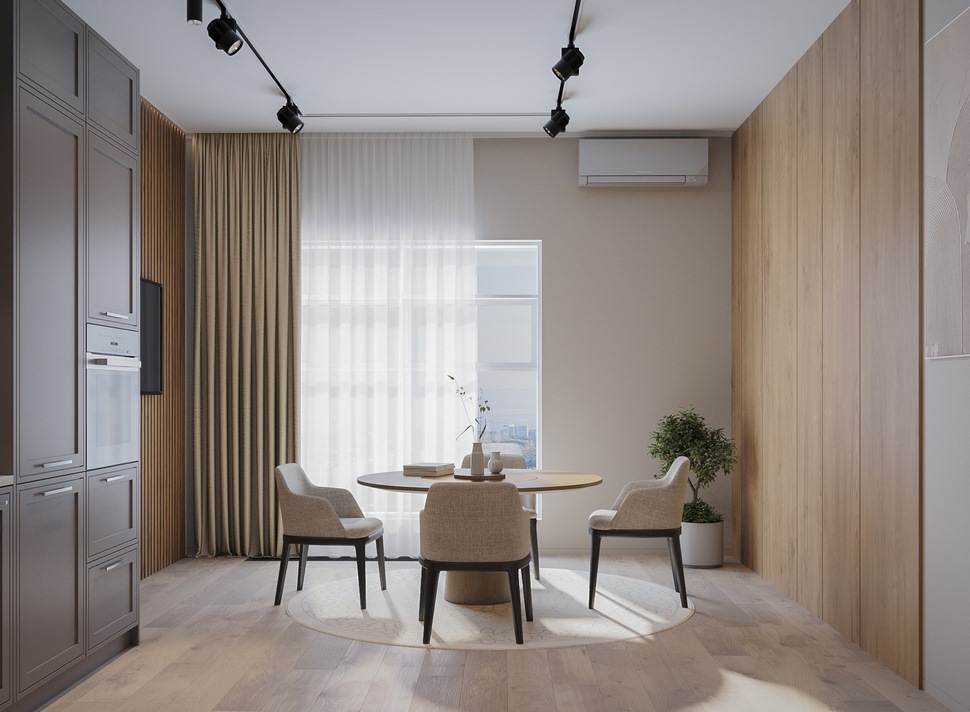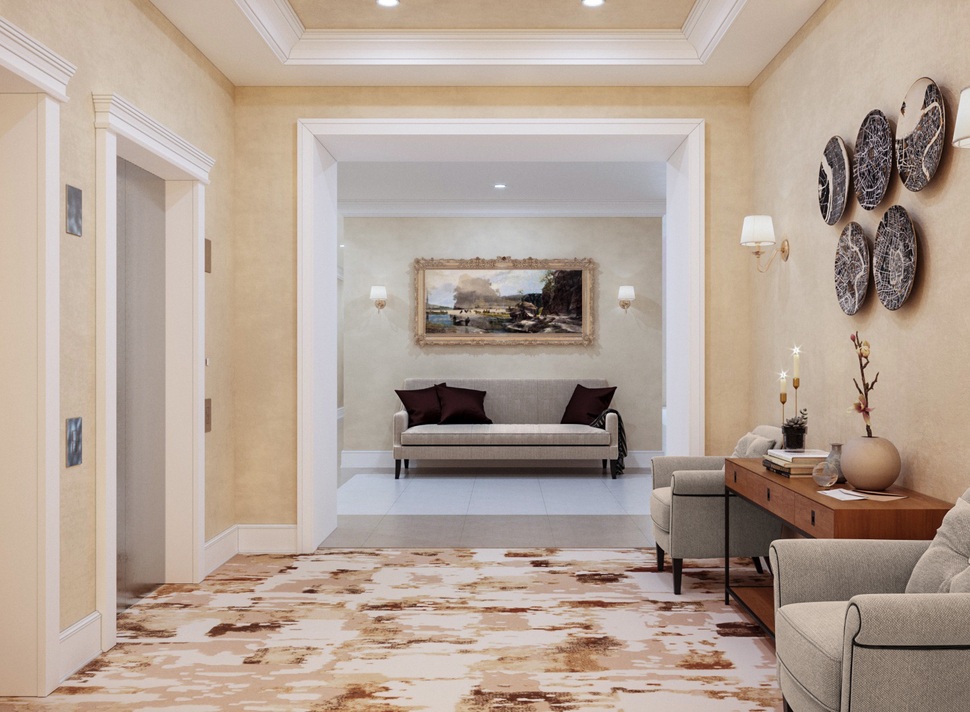The Evolution of Furniture Retail: Embracing 3D Virtual Showroom Spaces
In the dynamic world of furniture retail, the advent of virtual showroom 3D technology marks a pivotal shift, revolutionizing how products are showcased and experienced by consumers. This article delves into the transformative journey of furniture retail, transitioning from traditional physical showrooms to sophisticated digital platforms that leverage 3D virtual environments. Through an in-depth exploration of this digital evolution, we will uncover the profound impact of 3D virtual showrooms on customer experience, backed by technological advancements that make these immersive spaces possible.
Introduction to 3D Virtual Showroom Spaces in Furniture Retail
The furniture retail industry is transforming significantly, propelled by integrating digital technologies that redefine the shopping experience. At the heart of this digital revolution are 3D virtual showroom spaces, which offer a groundbreaking platform for displaying furniture in detailed, lifelike environments. Unlike conventional online catalogs, these virtual showrooms allow customers to navigate through digitally rendered spaces, interacting with products in a way that closely mirrors a physical store visit. This leap towards digitalization is not merely a trend but a strategic response to the growing consumer demand for more interactive and convenient shopping experiences.
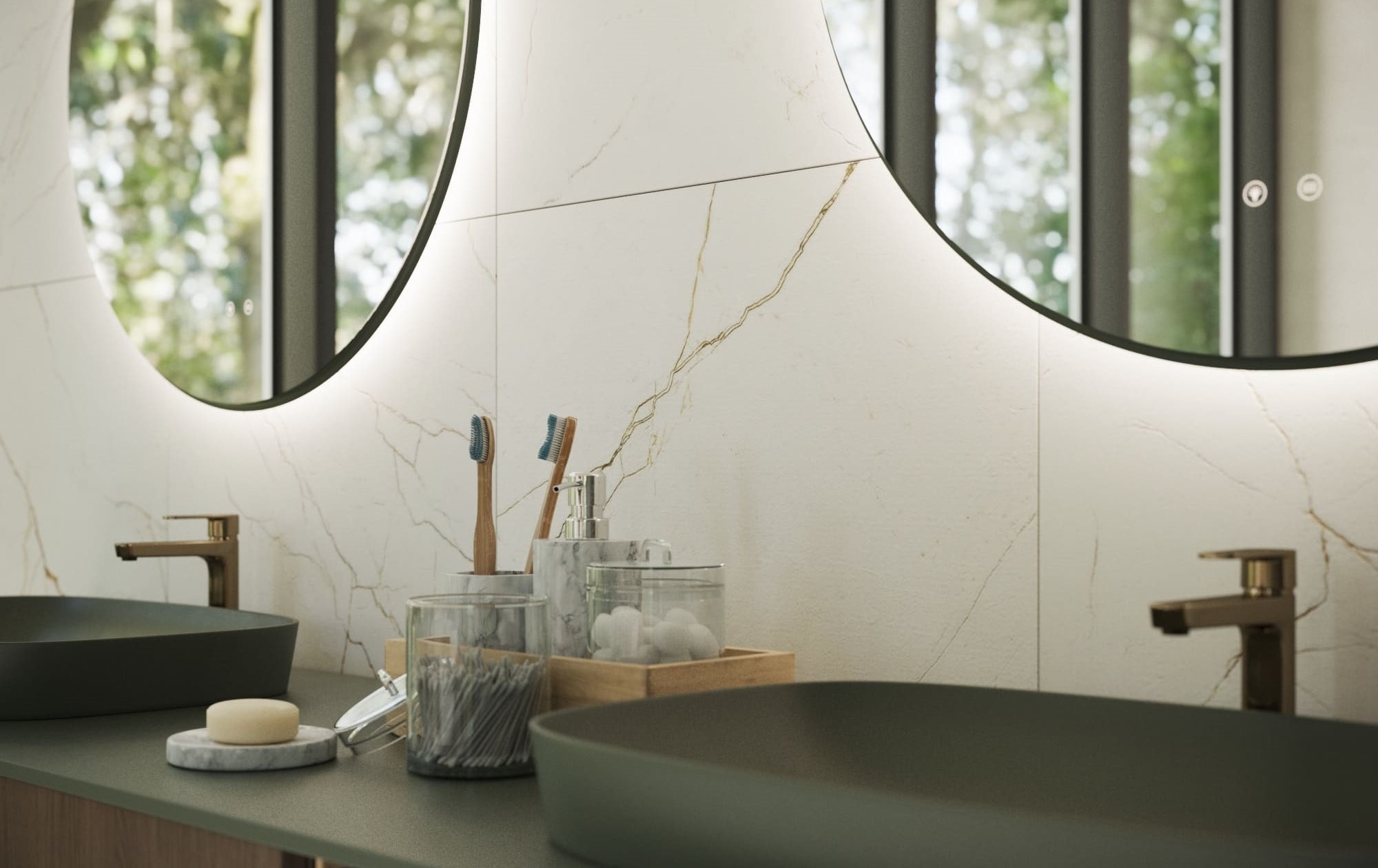
Image from Yousee Studio
The rise of virtual showroom 3D technology in furniture retail is a testament to the industry's adaptability and commitment to enhancing customer satisfaction. By creating realistic, immersive environments, retailers can showcase their products in context, giving customers a better understanding of how each piece would fit and feel in their own spaces. This level of detail and interactivity was once unimaginable in online shopping, highlighting the innovative potential of 3D virtual showrooms to transform the furniture buying journey.
The Impact of 3D Virtual Showrooms on Customer Experience
The introduction of 3D virtual showrooms has profoundly impacted customer experience, setting new standards for engagement and interaction in furniture retail. One of the most significant benefits is these platforms' enhanced interactive shopping experience. Customers can now explore furniture arrangements, experiment with different styles, and visualize products in various settings, all within the immersive confines of a 3D virtual space. This hands-on approach to shopping increases engagement and empowers customers to make informed decisions, reducing the uncertainty often associated with online purchases.
Moreover, the role of virtual reality (VR) in providing immersive product explorations further elevates the customer experience. With VR technology, customers can don a headset and step into a fully realized 3D showroom, experiencing a level of immersion that closely replicates an in-store visit. This immersive exploration allows for a deeper connection with the products, as customers can virtually touch, feel, and interact with furniture, gaining a comprehensive understanding of its design, scale, and functionality. The use of VR in 3D showrooms represents a significant leap forward in merging the convenience of online shopping with the tactile satisfaction of a physical store experience.
The evolution of furniture retail through the adoption of 3D virtual showroom spaces clearly indicates the industry's forward-thinking approach and dedication to enhancing customer satisfaction. By leveraging cutting-edge 3D and VR technologies, retailers can offer unparalleled interactive experiences that captivate customers and provide them with the confidence to make well-informed purchasing decisions. As we delve further into the technological underpinnings of these virtual spaces, it becomes evident that the future of furniture retail lies in the innovative use of digital platforms to create engaging, immersive, and personalized shopping experiences.
Technological Advancements Driving 3D Showrooms
The seamless operation and immersive experience of 3D virtual showrooms are underpinned by technological advancements that have revolutionized the furniture retail landscape. At the core of these advancements is sophisticated 3D modeling software, which allows designers to create highly detailed and accurate representations of furniture pieces. Software platforms such as Autodesk 3ds Max, Blender, and SketchUp provide potent tools for rendering textures, colors, and materials that mimic real-world characteristics, bringing virtual furniture to life with astonishing realism.
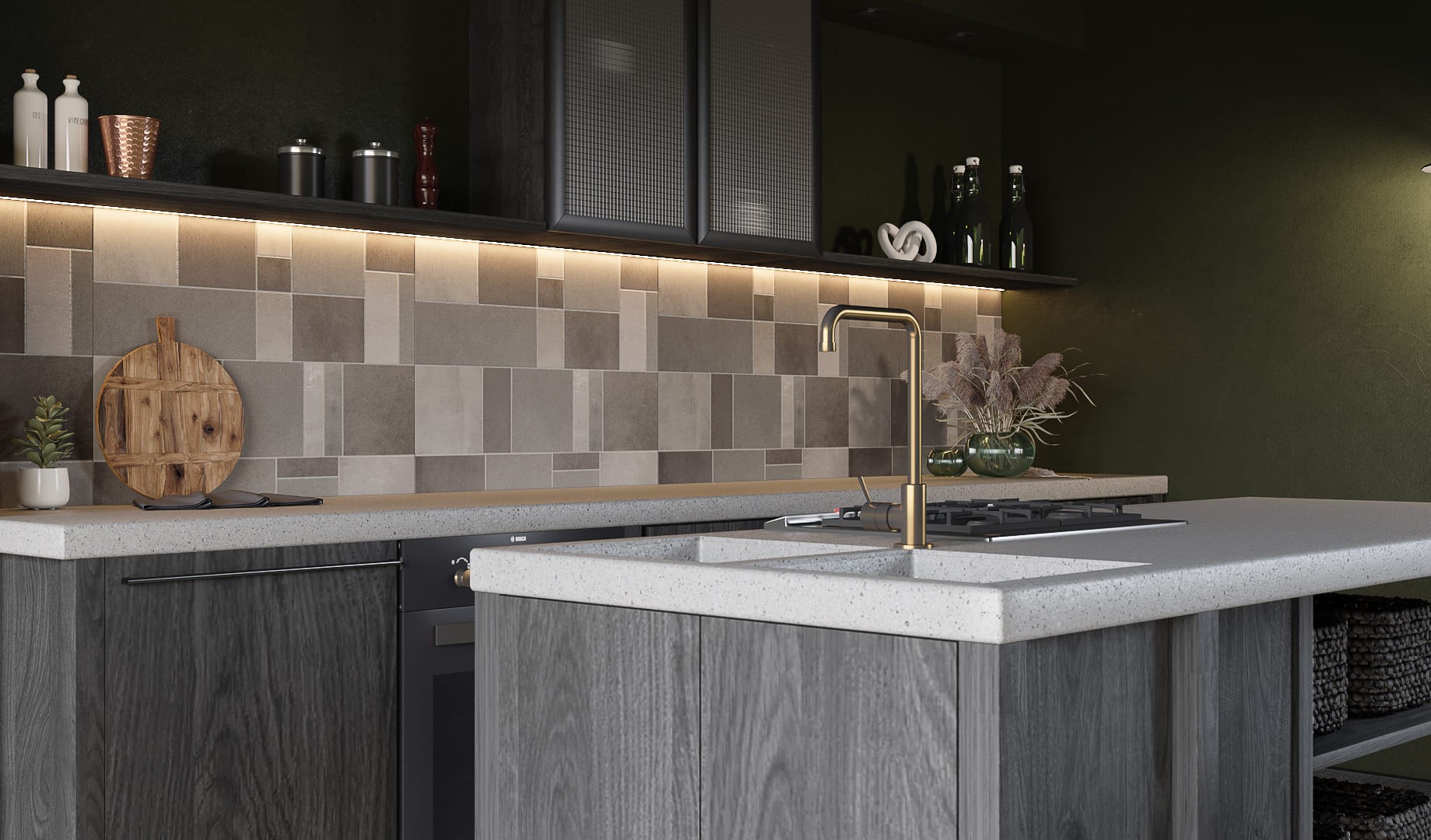
Image from Yousee Studio
Another pivotal technology in the development of 3D showrooms is Real-Time Rendering. This technology enables the instant visualization of changes, allowing customers to customize furniture in real time and see the results immediately, enhancing the interactivity and responsiveness of the virtual showroom. Real-time rendering engines such as Unreal Engine and Unity have achieved fluid, lifelike animations and interactions within the 3D space, making the virtual browsing experience as dynamic and engaging as possible.
Integrating Augmented Reality (AR) and Virtual Reality (VR) technologies has further enriched the 3D showroom experience. AR applications allow customers to project virtual furniture into their physical spaces using smartphones or tablets, providing a tangible sense of how the pieces would fit and complement their existing decor. Conversely, VR offers an entirely immersive exploration of virtual showrooms, where customers can navigate through the space as if they were physically present, examining products from every angle and in various configurations.
Benefits of 3D Virtual Showrooms for Retailers
Embracing 3D virtual showroom technology offers many benefits for retailers, significantly impacting their marketing strategies, customer reach, and sales effectiveness. One of the most compelling advantages is the cost-effectiveness of virtual showrooms. Unlike physical stores, which incur substantial rent, utilities, and maintenance costs, virtual showrooms eliminate many of these expenses, allowing retailers to invest more in product development and customer service. Additionally, the scalability of virtual spaces means that retailers can quickly expand their product offerings without worrying about physical constraints, showcasing an extensive range of furniture in various settings and styles.
3D virtual showrooms also provide a competitive edge in the increasingly crowded furniture market. By offering an innovative, engaging shopping experience, retailers can differentiate themselves from competitors, attracting tech-savvy consumers and enhancing brand loyalty. The ability to offer personalized experiences, where customers can interact with products and customize them according to their preferences, adds significant value, making the shopping experience not just a transaction but an enjoyable and memorable journey.
Moreover, virtual showrooms have the unique advantage of global reach, allowing retailers to transcend geographical boundaries and tap into international markets easily. This expanded audience can significantly increase sales potential and brand visibility on a global scale. Furthermore, the data analytics capabilities of virtual showrooms provide invaluable insights into customer behavior, preferences, and trends, enabling retailers to refine their marketing strategies, product offerings, and customer engagement tactics based on real-time feedback and analytics.
The evolution of furniture retail through 3D virtual showrooms is a testament to the industry's adaptability and commitment to innovation. The technological advancements driving these virtual spaces have enhanced the customer shopping experience and provided retailers with cost-effective, scalable, and competitive platforms to showcase their products. As retailers continue to harness the potential of 3D virtual showrooms, the benefits for both the business and the consumer will undoubtedly continue to grow, reshaping the future of furniture retail in an increasingly digital world.
Establishing 3D Virtual Showrooms: Key Factors and Approaches
Implementing a 3D virtual showroom begins with a clear vision and strategic planning. Retailers must first define their objectives and target audience, understanding their customers' unique needs and preferences. This foundational step ensures that the virtual showroom is designed with the end-user in mind, offering a visually captivating experience that is functional and user-friendly.
The technical infrastructure is another critical consideration. Retailers must invest in technology and software to support their virtual showrooms. This includes choosing a robust 3D modeling platform, securing reliable hosting services, and ensuring compatibility across various devices and browsers to reach a wider audience. Additionally, integrating AR and VR technologies should enhance the interactivity and immersion of the virtual space.
Content creation is at the heart of a virtual showroom. Retailers must work closely with skilled 3D artists and designers to create realistic models of their furniture pieces. Attention to detail in textures, materials, and lighting is crucial to achieving a high level of realism that mirrors the physical product as closely as possible. Furthermore, the virtual space should mimic the aesthetics and ambiance of a brand's physical showroom, reinforcing brand identity and ensuring a cohesive customer experience.
User experience (UX) design plays a pivotal role in the success of a virtual showroom. The layout and navigation of the virtual space should be intuitive, allowing customers to explore and interact with the products easily. Features like search functionality, product customization options, and easy access to product information can significantly enhance the user experience, encouraging longer engagement times and higher satisfaction levels.
Finally, marketing and promotion are essential to drive traffic to the virtual showroom. Retailers should leverage various digital marketing channels, including social media, email marketing, and online advertising, to raise awareness and entice customers to visit the virtual space. Engaging content, such as virtual tours, product demos, and customer testimonials, can also be used to showcase the unique features and benefits of the virtual showroom.
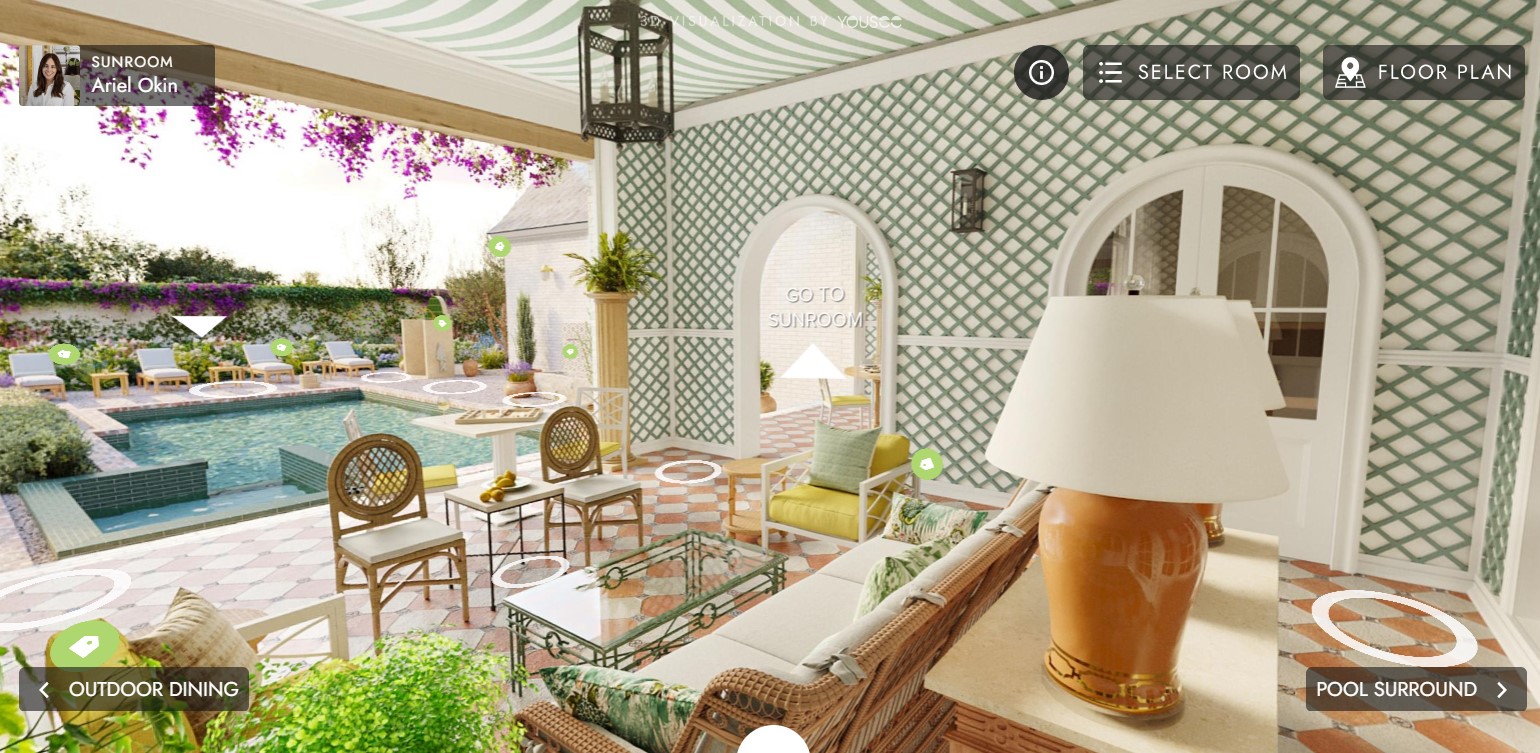
Image from Yousee Studio
In conclusion, the evolution of furniture retail towards embracing 3D virtual showroom spaces marks a significant milestone in the industry's digital transformation. By leveraging cutting-edge technologies and innovative design principles, retailers can offer unparalleled shopping experiences that transcend traditional boundaries. Implementing a virtual showroom requires careful planning, investment in technology, and a focus on user experience. Still, its customer engagement, market reach, and competitive advantage benefits are invaluable. As the digital landscape continues to evolve, 3D virtual showrooms will undoubtedly play a pivotal role in shaping the future of furniture retail, offering a glimpse into a world where the lines between physical and digital shopping experiences increasingly blur.
Contact us at YouSee Studio for captivating 3D renderings and immersive virtual experiences.
Karen Spacey is a content writer and the author of this article.

